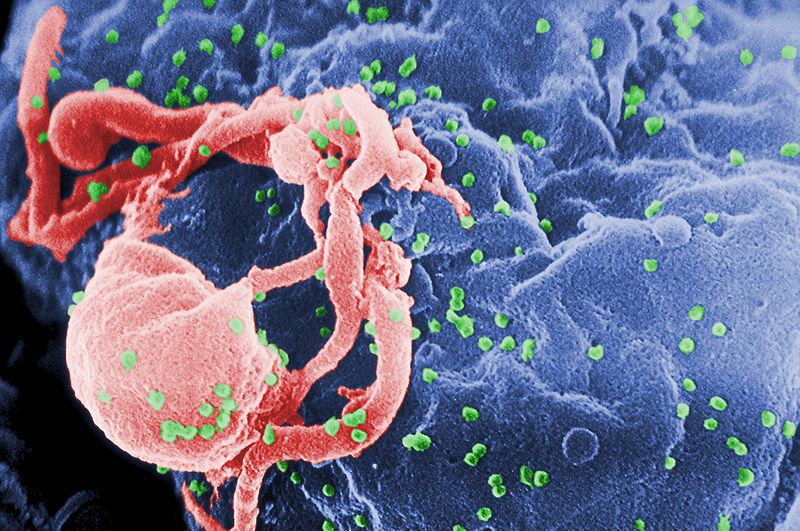-
 Spawning ground
Spawning ground
-
 Osmosis
Osmosis
-
 Asymmetric
Asymmetric
-
 Launch vehicle
Launch vehicle
-
 Introduced species
Introduced species
-
 Poisson ratio
Poisson ratio
-
 The theory of punctuated equilibrium
The theory of punctuated equilibrium
-
 Cervical vertebra
Cervical vertebra
-
 SOFIA
SOFIA
-
 Neurone
Neurone
-
 Nuclear fission
Nuclear fission
-
 Cytoskeleton
Cytoskeleton
-
 Altimetry
Altimetry
-
 Pervasive environment
Pervasive environment
-
 Electromagnetism
Electromagnetism
-
 Viscosity
Viscosity
-
 Paranthropus
Paranthropus
-
 Cirrus
Cirrus
-
 Gap
Gap
-
 Anti-angiogenic
Anti-angiogenic
-
 Peroxisome
Peroxisome
-
 Compressed air engine
Compressed air engine
-
 Fish farming
Fish farming
-
 Bone density
Bone density
-
 Antipsychotic
Antipsychotic
-
 Precession-nutation
Precession-nutation
-
 Hooklet
Hooklet
-
 Petrified
Petrified
-
 Solenodon
Solenodon
-
 Becquerel
Becquerel
HIV
HIV, or the human immunodeficiency virus, is the agent responsible for AIDS.
Features of HIV
HIV is a virus belonging to the Retroviridae family and Lentivirus genre. There are two types of HIV: HIV-1 and HIV-2 which only have partial sequence homologies. HIV-2 is similar to SIV, the monkey AIDS virus, unlike HIV-1. Most seropositive people carry the HIV-1 type.
The viral particle is 150 nanometres in diameter and contains two copies of its 9,200 nucleotide long RNA, coding for 19 proteins. The viral particle itself is surrounded by a lipid membrane obtained from the host cell. Viral proteins are inserted into the membrane, in the same way as gp120 that is used as the anchor protein on the host cell.
HIV and AIDS
AIDS viral transmission occurs through sexual contact, blood transfusion, injections (syringes), from mother to child across the placenta, and throughbreast-feeding. The viral particles contained in these body fluids recognise specific receptors (CD4 proteins) and co-receptors on the surface of the cells they infect (lymphocytes, macrophages, and dendritic or microglial cells).
Like all retroviruses, the AIDS virus can retrotranscribe all of its single-strand RNA genome into double-strand DNA which can then be incorporated into the host cell's genome.
HIV infection reduces the T4 lymphocyte count through three mechanisms. The virus kills the infected cell, increases the rate of cellular apoptosis and the CD8 lymphocytes recognise and kill infected cells.
For more information on HIV and AIDS, visit our dedicated page.
 The AIDS virus (in green) can infect immune system cells through their CD4 receptor. © DR
The AIDS virus (in green) can infect immune system cells through their CD4 receptor. © DR
Latest
Fill out my online form.



